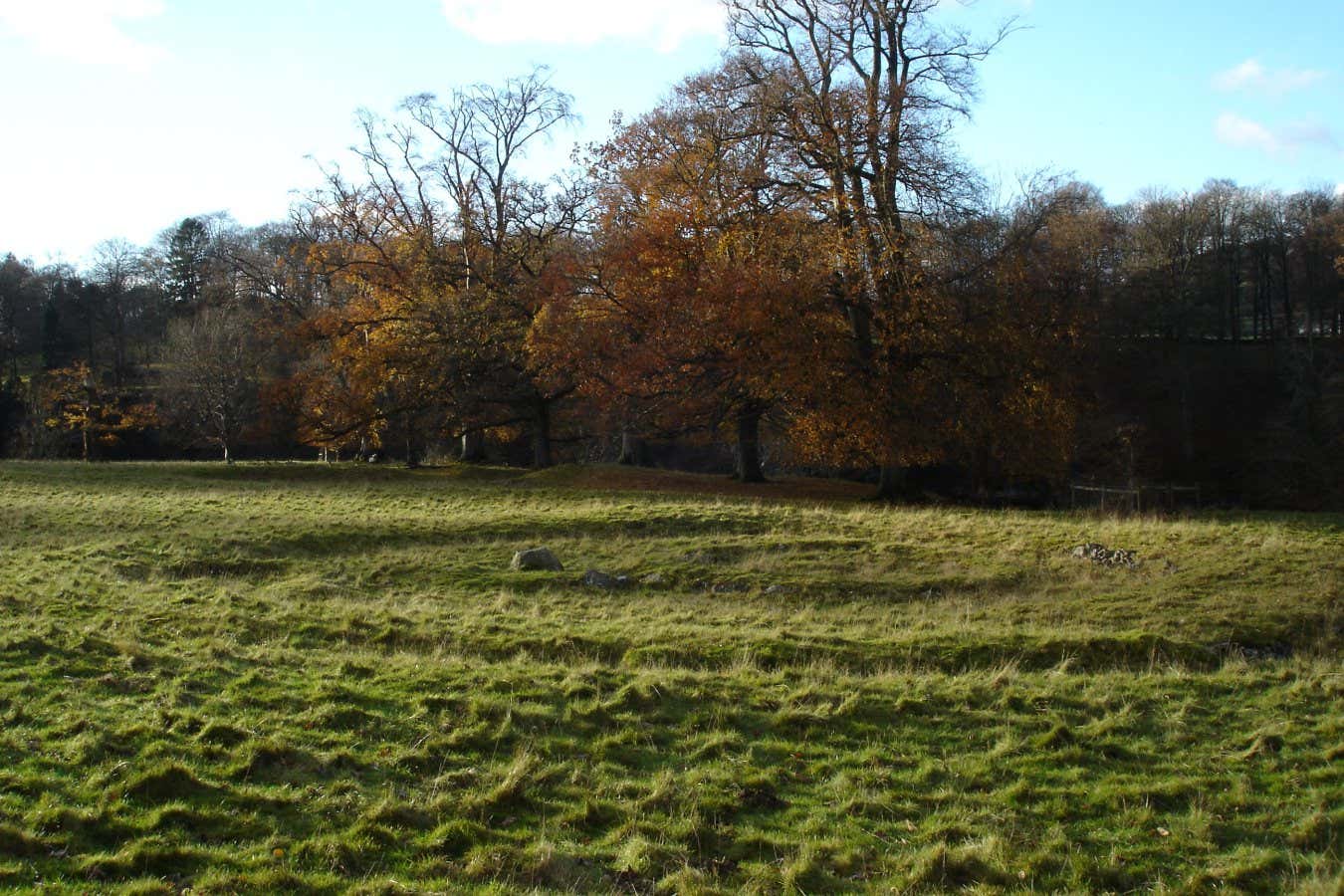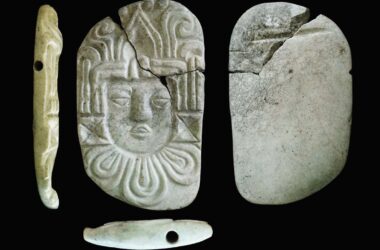Levens Park ring cairn in Cumbria, UK, where the plague bacterium was found in a Bronze Age woman’s tooth
Ian Hodkinson
A recent study has revealed that the bacterium responsible for the plague arrived in Britain more than 4000 years ago. DNA evidence from ancient human remains showed that Yersinia pestis, the bacterium responsible for the Black Death in the 14th century, was present in a skull buried in Latvia 5000 years ago.
Researchers led by Pooja Swali from the Francis Crick Institute in London tested the teeth of individuals from mass burial sites in Somerset and a burial site in Cumbria. The DNA of Y. pestis was found in the teeth of two children from Charterhouse and one woman from Levens Park in Cumbria. This discovery provides the first evidence that the plague bacterium had spread to Britain from continental Europe during the Bronze Age.
The strain found in Britain is similar to one discovered in Germany from the same time period. However, it lacks a genetic mutation that later allowed the bacteria to be spread by fleas. The researchers believe that Y. pestis would have been widely spread across Bronze Age Britain, considering the significant distance between the two burial sites.
Monica Green, from the Medieval Academy of America, notes that the spread of plague to Britain during this time is not surprising due to the established connections between continental Europe and Britain. Nevertheless, she finds it noteworthy that a rodent disease like plague could migrate to such a degree.
Furthermore, the remains found at Charterhouse exhibit signs of a violent death, raising questions about the reason behind the killings. Green suggests that the presence of plague within the group might have been a contributing factor. Similar fear-based responses to plague outbreaks have been observed in other medieval European burials, particularly during the initial arrival of the disease in the 1310s.
Hendrik Poinar from McMaster University finds it fascinating to track the distribution of Yersinia strains back in time.








